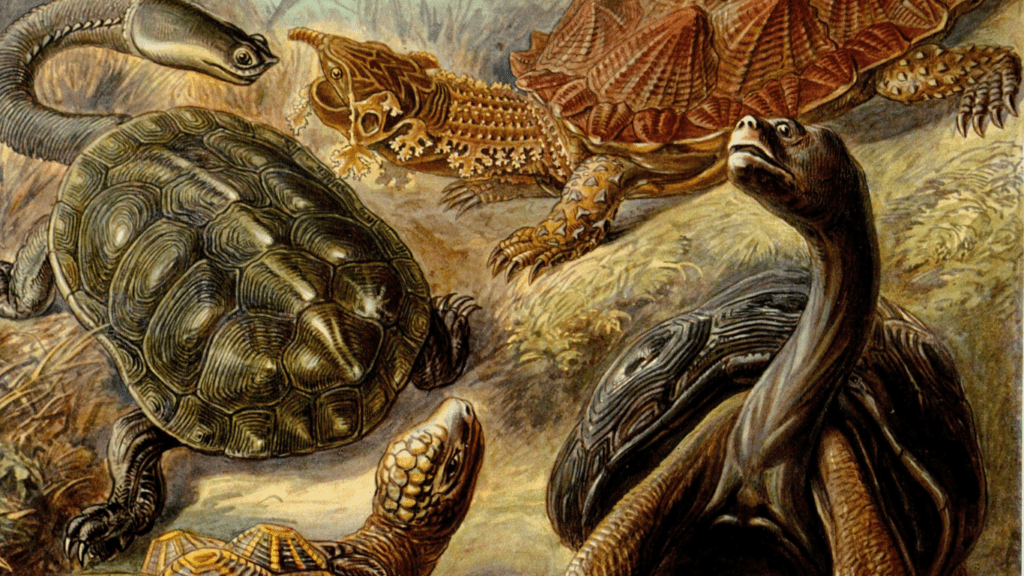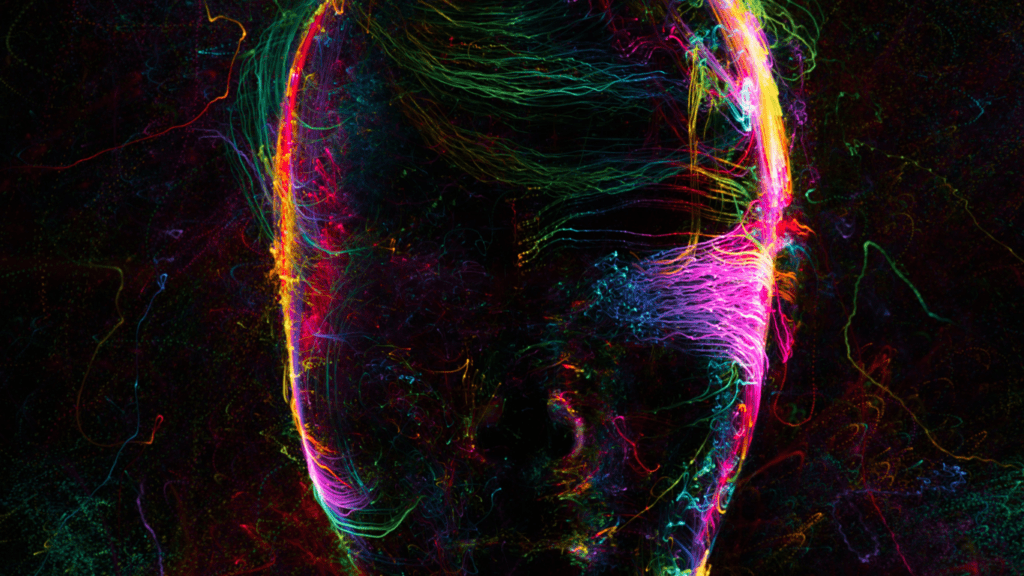The Historical Context of Classical Techniques
Classical techniques in art have rich histories that date back centuries, deeply influencing modern practices. For instance, oil painting began in the early 15th century, pioneered by artists like Jan van Eyck. This technique allowed for vibrant colors, fine detail, and greater flexibility in creating textures and layers.
Fresco, another classical method, flourished during the Renaissance. Artists like Michelangelo and Leonardo da Vinci used it to create large-scale, durable murals. Fresco involves applying pigment to wet plaster, resulting in colors that bond with the wall surface.
Chiaroscuro, developed during the Renaissance, remained influential in both Baroque and later periods. Artists like Caravaggio used contrasts between light and dark to add depth and drama to their works. This technique created a three-dimensional effect, enhancing the emotional impact of art.
Studying these historical contexts highlights the enduring appeal of classical techniques. Their adaptability and effectiveness in conveying artistic vision made them invaluable tools in the evolution of art. Modern artists, informed by these historical practices, find new ways to integrate traditional methods into contemporary works.
Influential Classical Artists and Their Techniques
Many modern artists draw inspiration from the techniques of classical masters. Leonardo da Vinci, Michelangelo, and Rembrandt each contributed significantly to the development of art.
Leonardo da Vinci
Leonardo da Vinci excelled in sfumato, a technique of blending colors and tones seamlessly. This method allows for the gradual transition between areas, creating an almost smoky effect. Examples of this technique can be seen in the “Mona Lisa” and “The Last Supper.” Da Vinci’s meticulous layering of paint, along with his deep understanding of human anatomy, enabled lifelike representations and contributed to his reputation as a Renaissance genius.
Michelangelo
Michelangelo’s use of chiaroscuro, the technique of contrasting light and shadow, helped define three-dimensionality in his works. In the Sistine Chapel ceiling, he expertly combined this technique with precise anatomical detail to create godlike figures. His sculptures, like “David” and “Pietà,” also exhibit a mastery of form and expression, achieved through his extraordinary skill in carving marble.
Rembrandt
Rembrandt mastered the technique of impasto, where he applied thick layers of paint to the canvas. This technique added texture and depth to his paintings, making light appear to emanate from within. His self-portraits, such as “Self-Portrait with Two Circles,” illustrate his ability to manipulate light and texture, bringing a unique vibrancy and realism to his subjects.
The Revival Movement: Key Players and Motivations
Contemporary artists and educational institutions play a pivotal role in the revival of classical techniques. This section explores the key players in this movement and their underlying motivations.
Contemporary Artists Embracing Classical Techniques

Several contemporary artists have adopted classical methods in their work. John Currin, known for his figurative paintings, often draws inspiration from Renaissance masters, merging traditional techniques with modern sensibilities. Julie Heffernan utilizes still-life compositions reminiscent of Baroque art, creating lush, detailed paintings that resonate with a modern audience. Kehinde Wiley reinterprets classical portraiture to address themes of identity and power, using Old Master techniques to highlight contemporary subjects.
Art Schools and Institutions Promoting Classical Methods
Institutions like the Florence Academy of Art continue to emphasize classical art education. The New York Academy of Art integrates classical techniques into its curriculum, ensuring students gain proficiency in methods like chiaroscuro and sfumato. The Art Renewal Center supports and promotes classical art, providing a platform for artists who specialize in traditional techniques. These institutions ensure the survival and advancement of classical methods in the modern art world.
Techniques Making a Comeback
Modern artists are increasingly turning to time-honored methods to infuse their work with depth and tradition. Among these, several classical techniques have gained notable popularity.
Frescoes
Creating frescoes involves applying pigment to freshly laid wet plaster, resulting in vibrant, long-lasting artworks. This technique, used extensively during the Renaissance, creates a seamless integration with architectural elements. Contemporary artists like Alexis Rockman have embraced frescoes, bringing modern themes to ancient methods. Schools such as the Florence Academy of Art include fresco painting in their curriculum to ensure its enduring relevance.
Chiaroscuro
Chiaroscuro, the use of strong contrasts between light and dark, adds dramatic effect and depth. Pioneered by artists like Caravaggio and Rembrandt, this technique highlights the interplay of light and shadow. Today, contemporary artists like Kehinde Wiley use chiaroscuro to enhance the dimensionality of their portraits. The New York Academy of Art emphasizes chiaroscuro in its teachings, helping artists develop a keen sense of light manipulation.
Prismatic Color Theory
Prismatic color theory involves breaking down light into its spectral components, similar to how a prism separates light. Rooted in the studies of Isaac Newton and artists like Turner, it seeks a truthful representation of color and light interactions. Today, artists like James Turrell and Olafur Eliasson incorporate prismatic color theory in their installations, creating mesmerizing experiences. Art schools encourage the exploration of prismatic colors to foster a deeper understanding of color dynamics in modern art.
Impact on Modern Art
The revival of classical techniques is significantly influencing modern art, evident in both aesthetic evolution and market trends. Artists integrating these methods create innovative yet timeless works that resonate with contemporary audiences and collectors alike.
Aesthetic Evolution
Modern artists blend classical techniques with new content, reshaping artistic aesthetics. Techniques like chiaroscuro, used by Rembrandt, add depth and drama to contemporary work. John Currin’s integration of Renaissance styles illustrates this balance between old and new. By adopting methods like:
- impasto
- artists infuse texture
- lifelike qualities
connecting viewers deeply with the artwork. This synthesis elevates the visual experience, merging historical richness with modern narratives.
Market Trends
- Classically trained artists are increasingly popular in the art market.
- Works involving traditional techniques often achieve higher valuations.
- Auction houses like Sotheby’s report growing interest in these pieces.
- Education institutions like the Florence Academy of Art instill these techniques, producing skilled graduates who enter the art market with a distinctive edge.
- Collectors value the craftsmanship and historical lineage, leading to sustained demand and market stability for artworks employing classical methods.
Criticisms and Controversies
Critics argue that reviving classical techniques in modern art stifles creativity. They claim it confines artists to established forms and limits experimentation. Historian Hal Foster notes that adhering to traditional methods can lead to repetitive work, lacking innovation.
Some artists view the revival as an elitist movement. They believe it excludes diverse perspectives and elevates Eurocentric standards. Modern artist Kareem-Anthony Ferreira emphasizes the need for inclusive practices that reflect global cultural diversity, rather than solely focusing on European classical traditions.
There’s also controversy over the commercial aspects. Critics point out that classical techniques often fetch higher prices in the art market, potentially driving artists to conform to these methods for financial gain. Art critic Jerry Saltz argues that such market-driven motivations undermine the authenticity and originality of contemporary art.
Additionally, the educational focus on classical techniques has its detractors. Some educators argue that art schools emphasizing traditional methods may neglect modern, digital, and experimental forms crucial for a well-rounded art education. Students may miss out on exploring innovative mediums and techniques, limiting their creative potential.
Debates continue around authenticity and appropriation. While many celebrate the blending of old and new techniques, others question whether modern artists can truly capture the essence of classical art. Artist Jeanette Hayes highlights the risk of superficiality when modern artists mimic historical styles without deep understanding, potentially leading to work that lacks depth and authenticity.





